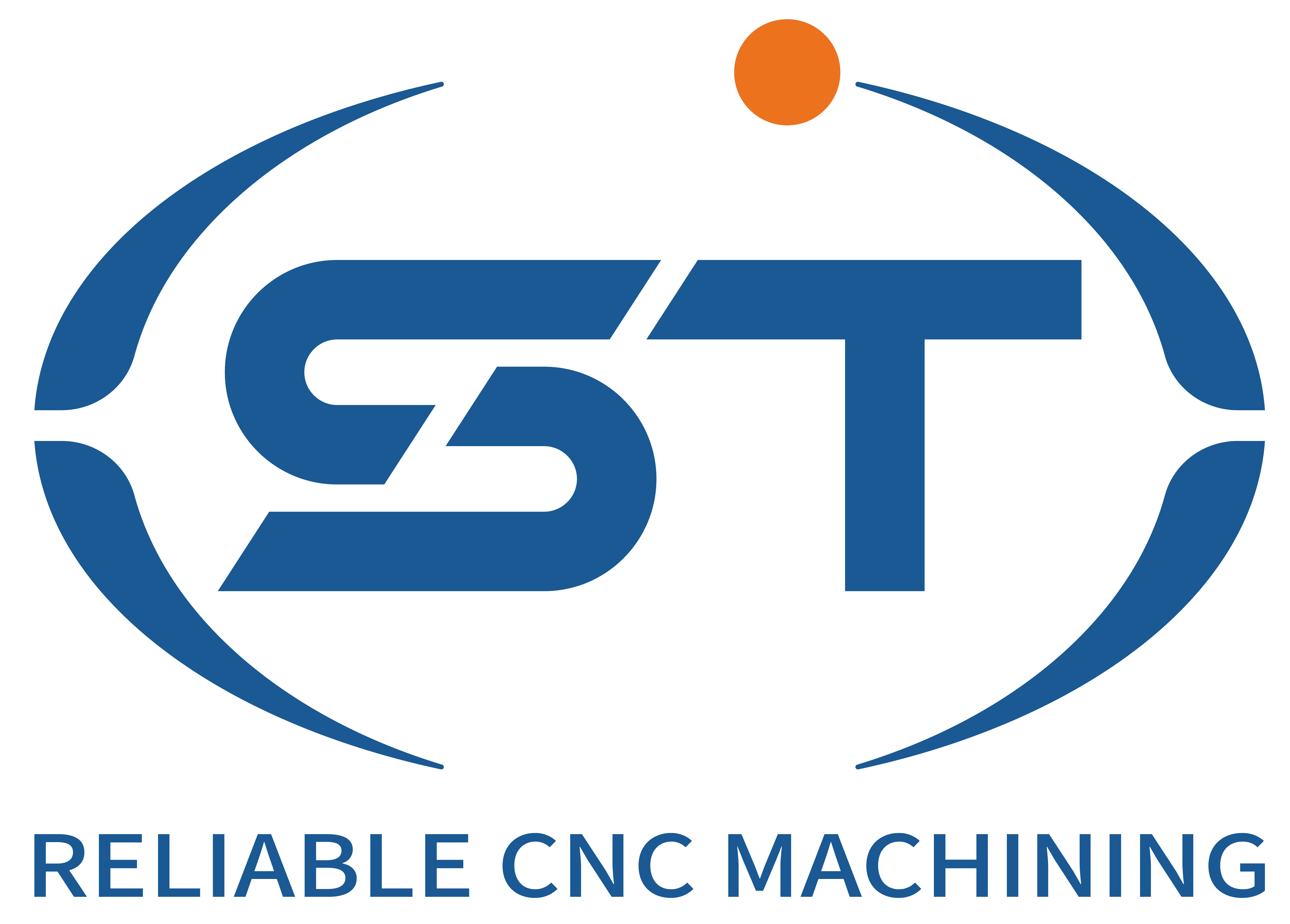Improving the roundness accuracy of CNC-bewerking of automotive parts can be approached from multiple aspects such as the adjustment of machine tools and process systems, the selection and use of cutting tools, the optimization of cutting parameters, the application of programming skills, error compensation and control, and environmental and operation management.
Process system adjustment: The precise positioning reference method can be adopted. A positioning reference surface is first machined on the blank, and the machined surface is directly used as the reference to reduce the positioning error of the blank surface and thereby improve the processing accuracy. When processing shaft parts, this method has obvious advantages and can reduce the influence of errors caused by circular runout. It can also be adjusted through the trial cutting method, that is, trial cutting, measuring the size, adjusting the depth of cut of the tool, cutting with the tool, and trial cutting again. This process is repeated until the required size is achieved. However, this method has a low production efficiency and is mainly used for single-piece and small-batch production. The adjustment method can also be adopted. By pre-adjusting the relative positions of the machine tool, fixture, workpiece and cutting tool, the required dimensions can be obtained. This method has a high productivity and is mainly used for mass production.
Tool selection and usage: According to different processing requirements, multiple tools are often used in the processing. The use of different processing tools is bound to have a certain impact on the processing accuracy of the workpiece. In actual processing, tool radius compensation measures need to be adopted to effectively improve the processing accuracy. To reduce the influence of the tool tip arc radius, main deflection Angle, etc. of the turning tool on the machining accuracy, error compensation and processing codes can be added during programming to optimize the CNC turning program and reduce cumulative errors. At the same time, a dedicated tool usage management method can be established based on the processing conditions in the production workshop to achieve one tool, one production, and dedicated personnel for dedicated management. After a CNC lathe has been in operation for a long time, the tools and tool rests that are worn out should be replaced in a timely manner to avoid processing errors. In addition, choosing different tools and cutting methods for different workpieces can also effectively improve the processing accuracy.
Cutting parameter optimization: Under the condition that stiffness is allowed, taking a larger cutting depth in rough machining can reduce the number of tool passes and increase the productivity of the workpiece. Finishing usually adopts a smaller cutting depth to achieve a higher surface quality.
Application of programming skills: Numerical control programming is the most fundamental work in numerical control processing. The quality of the workpiece processing program compilation directly affects the final processing accuracy and efficiency of the machine tool. The inherent programs can be ingeniously utilized, the cumulative errors of the numerical control system can be reduced, and the main programs and subroutines can be flexibly applied, etc. In the processing of complex molds, it is generally carried out in the form of one mold for multiple pieces. If there are several identical shapes on the mold, the relationship between the main program and the subroutines should be flexibly utilized. The subroutines should be repeatedly called in the main program until the processing is completed. This can not only ensure the consistency of processing dimensions, but also improve its processing efficiency. Generally, the programming of workpieces is carried out in an incremental manner, with the previous point as the reference for processing. In this way, the continuous execution of multiple program segments will inevitably lead to a certain cumulative error. Therefore, when programming, it is advisable to use the absolute method as much as possible, so that each program segment is based on the origin of the workpiece. This can reduce the cumulative error of the numerical control system and ensure the processing accuracy.
Error compensation and control: In response to the errors of the servo system, when conditions permit, high-performance components should be configured for the servo system, such as equipping some drive systems with better performance, etc., to reduce the impact of the servo system on the machining accuracy of the CNC lathe. Meanwhile, during the processing with a CNC lathe, the relevant parameters of the servo system should be adjusted in a timely manner to reduce the processing errors caused by the servo system. For the control of the servo system, when using a CNC lathe to perform single-axis linear processing on a workpiece, the speed error of the servo system will only cause a delay in the time from the completion of the workpiece processing to the stop, and will not affect the processing accuracy of the workpiece. During the turning process, servo systems are often used for the processing of circular rings or arcs. During the processing, open-loop gain should be adopted for the servo system. Different open-loop gains at different positions will have adverse effects on the processing accuracy. Meanwhile, the open-loop gains at different positions of the feed shaft need to be the same. Through repeated tests of the feed shaft Angle of the CNC lathe, it can be concluded that the processing completion effect is the best when it is at the position of 45 degrees. Regarding the temperature issue of the spindle box of a CNC lathe, the spindle cannot dissipate heat during processing. A sharp increase in temperature can cause thermal deformation of the spindle. The specific manifestations include poor spindle alignment, peripheral force during rotation, and changes in bearing clearance. All these factors can affect processing errors. To address this issue, heat sinks can be added to the spindle area or cutting fluid can be used for heat dissipation, reducing the deformation of the spindle due to heat and improving the machining accuracy. For the reverse deviation problem in the processing of CNC lathes, in the actual processing of CNC lathes using semi-closed loop servo systems, reverse deviation problems often occur. For such problems as reverse deviation, relevant error compensation measures need to be taken to reduce the adverse impact on positioning accuracy. Meanwhile, the method of deviation compensation can also be adopted to eliminate its adverse effect on the machining accuracy of parts. On the basis of ensuring the low-speed unidirectional positioning of the lathe, interpolation processing is carried out. The reverse problem is the key content to be considered. After grasping the gap value well, appropriate interpolation treatment is carried out to improve the processing accuracy of the parts.
Environmental and operation management: Environmental factors such as temperature, humidity, and vibration in the workshop can affect the accuracy of CNC machining. Especially in high-precision machining, these subtle changes may be magnified. Therefore, it is necessary to control the processing environment well. At the same time, it is necessary to enhance the skill level of the operators. Regular training should be provided to the operators to improve their operational skills and problem-solving abilities, so as to avoid processing deviations caused by operational errors.




